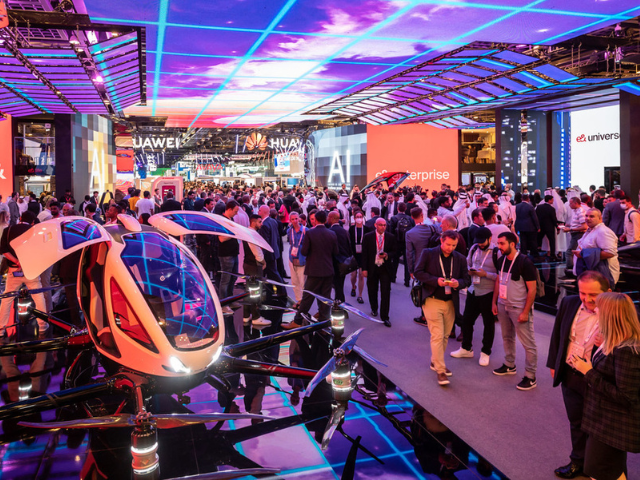Intel CEO Brian Krzanich welcomes thousands of developers to the 2016 Intel Developer Forum in San
Francisco on Tuesday, August 16, 2016, with an opening keynote presentation. His presentation offered perspective on the unique role Intel will play as the boundaries of computing continue to expand.
The 2016 Intel Developer Forum (IDF) kicked off today in San Francisco with an opening keynote by Intel CEO Brian Krzanich. Krzanich articulated the company’s vision for the future of technology spanning virtual reality, autonomous driving, the industrial Internet, and the important role developer’s play in bringing this future to life. On
stage, and in an editorial on Medium, Krzanich explained his vision for merged reality — a new way of experiencing physical and virtual interactions and environments through a suite of next-generation
sensing and digitizing technologies.
According to Krzanich, “Merged reality delivers virtual world experiences more dynamically and naturally than ever before – andmakes experiences impossible in the real world now possible.”
Below is a summary of the IDF Day 1 news.
IDF Day One News Highlights:
· Unveiled Intel Project Alloy, an all-in-one virtual reality solution that features the compute and sensors integrated directly into the headset and leverages Intel® RealSense™ technology. Project
Alloy will be offered as an open hardware platform in 2017.
· Announced collaboration with Microsoft to bring virtual reality to mainstream PCs.
· Introduced the new Intel® Joule™ platform for the Internet of Things. This new high-end compute platform is capable of delivering human-like senses to a new generation of smart devices and is now available.
· Announced the availability of the Yuneec Typhoon H drone with Intel RealSense technology, the Intel Aero Platform Compute Board and the Intel Aero Platform Ready-to-Fly Drone.
· Announced the Intel® Euclid™ Developer Kit for researchers, makers and robotics developers. This device integrates sense, compute, and connect capabilities in an all-in-one candy bar size form-factor that gives developers the ability to quickly and easily create applications with Intel RealSense technology.
· Intel Custom Foundry announced its 10 nm design platform will now offer access to ARM Artisan® physical IP to enable foundry customers to achieve best-in-class PPA (power, performance, area) for power-efficient, high-performance implementations of their designs for mobile, IoT and other consumer applications. Zane Ball, co-general manager of Intel Custom Foundry, explained the news in a blog post andalso welcomed LG Electronics as an Intel Custom Foundry customer on 10 nm.





